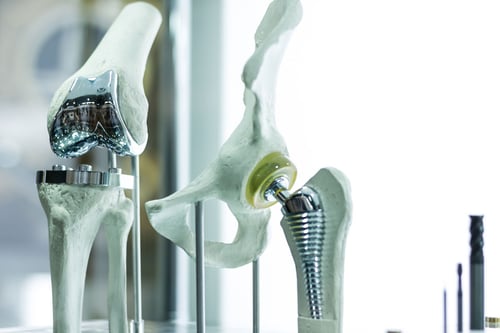Depending on the application and service conditions of the part, heat treatment processes must be designed and optimized to achieve specific properties such as ductility, hardness, strength, toughness, or fatigue resistance.
From mass treatments such as quenching and annealing or tempering, to surface treatments like case hardening, nitriding, or induction hardening, simulation enables engineers to optimize heat treatment parameters, predict metallurgical transformations, and control distortion and residual stresses throughout the process.
What are your issues? How can simulation help you?
To predict the properties of a part undergone by a heat treatment application.
To improve the mechanical resistance of parts and test your parts in conditions of use.

To reduce the number of tests and prototypes made before the manufacturing phase.
 Numerical simulation is a powerful tool for industrialists wishing to improve their heat treatment processes, to be predictive on in-use properties of their final parts and on the equipment and matrices used.
Numerical simulation is a powerful tool for industrialists wishing to improve their heat treatment processes, to be predictive on in-use properties of their final parts and on the equipment and matrices used.
Simulation provides comprehensive information about temperature gradient from surface to core and also the location of areas where phase transformations occur, from heating to cooling.
Surface heat treatment processes, steel grade treatment but also aluminum alloy treatment can be simulated with that kind of software.
That is the case with our SIMHEAT® software, which makes it possible to model many processes such as induction hardening, quenching, carburizing, nitriding, austenitization, annealing, tempering, controlled cooling, and for aluminum alloys solutionizing and artificial ageing.
 Numerical simulation has many benefits for your activity:
Numerical simulation has many benefits for your activity:Numerical simulation is a powerful tool for industrialists wishing to improve their heat treatment processes, be predictive on in-use properties of their final parts and on the equipment and matrices used.
Simulation provides comprehensive information about temperature gradient from surface to core and also the location of areas where phase transformations occur, from heating to cooling.
Surface heat treatment processes, steel grade treatment but also aluminum alloy treatment can be simulated with that kind of software.
That is the case with our SIMHEAT® software, which makes it possible to model many processes such as induction hardening, quenching, carburizing, nitriding, austenitization, annealing, tempering, controlled cooling, and for aluminum alloys solutionizing and artificial ageing.

Simulation is commonly used in the automotive industry to act on the final characteristics of parts (weight, ductility, hardness and resistance).

To improve the performance and resistance of aeronautical parts, simulation makes it possible to predict metallurgical transformations of metals.

Heat treatment processes can be simulated to optimize mechanical properties and ensure the safety of surgical implants during their application.
Validate the induction hardening process for the manufacturing of steel bearing rings.
By considering the characteristics of the current generator, the software provides a major asset to precisely describe the entire process, from the induction heating up to the final quenching stage.

"The FORGE® solution is predictive because the parameters of the generator are used as they are as input data in the simulation for predicting the metallurgical properties of the part."
World leader in software for simulation of material forming processes.
